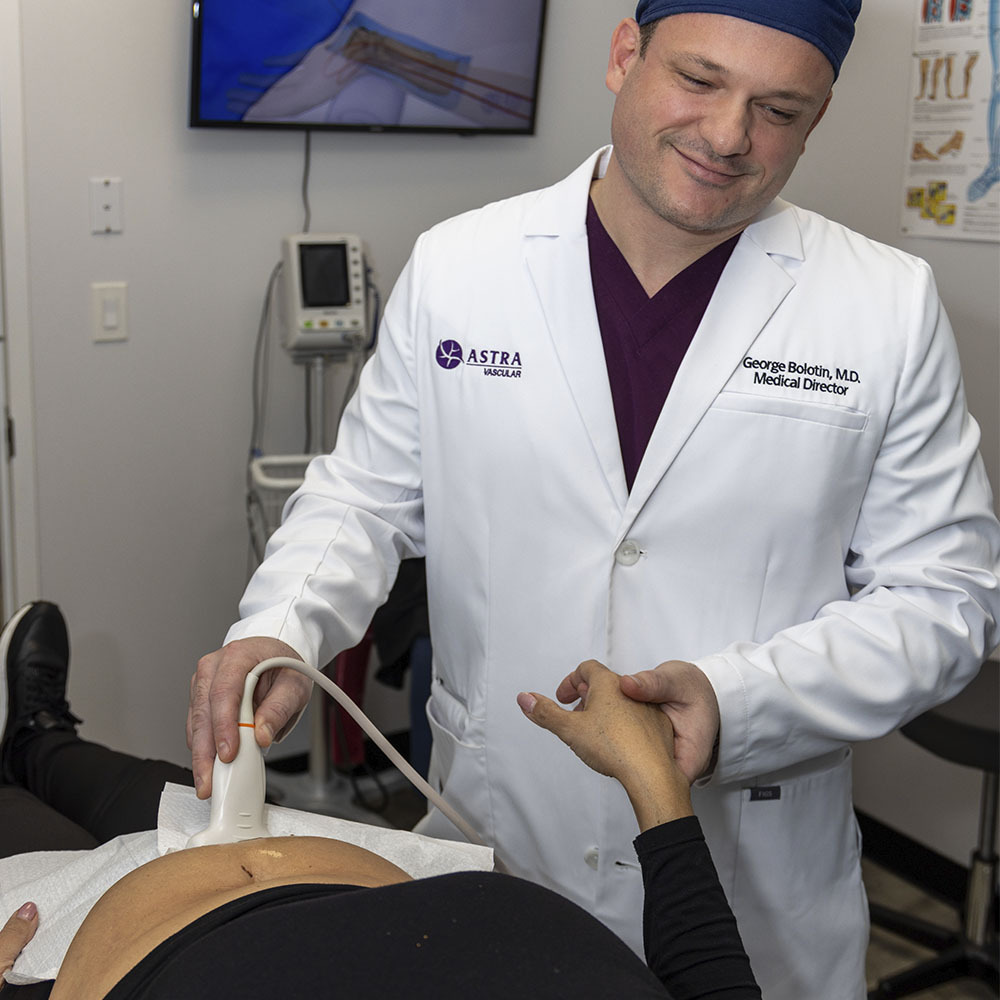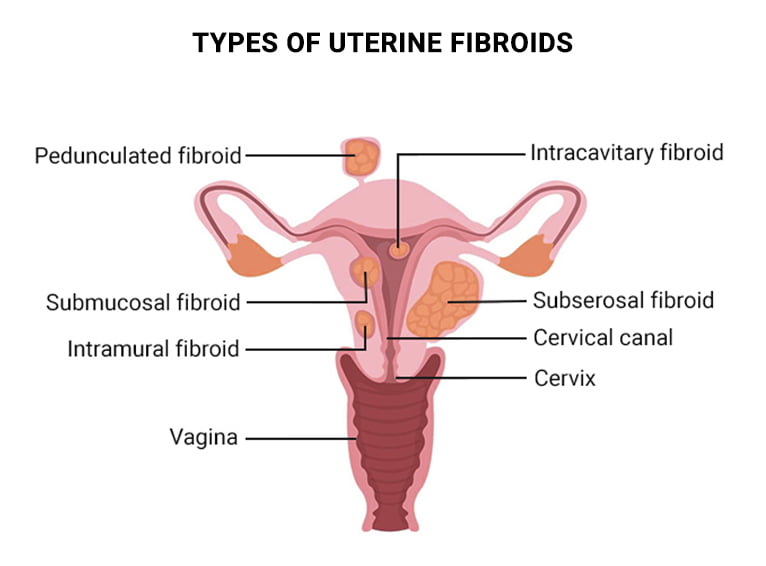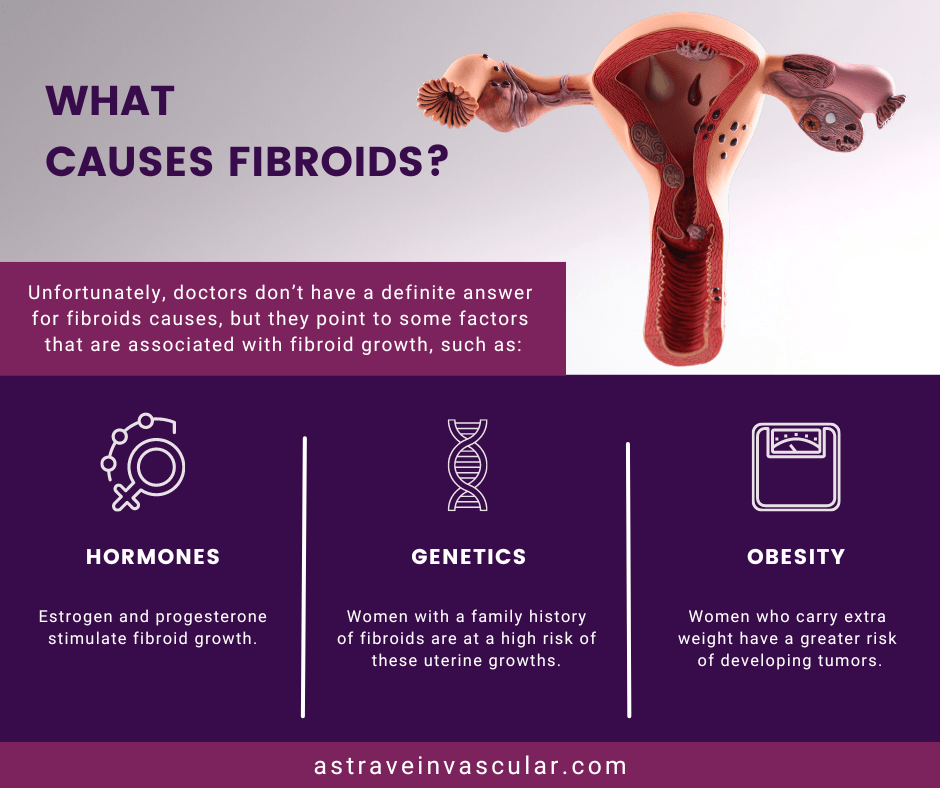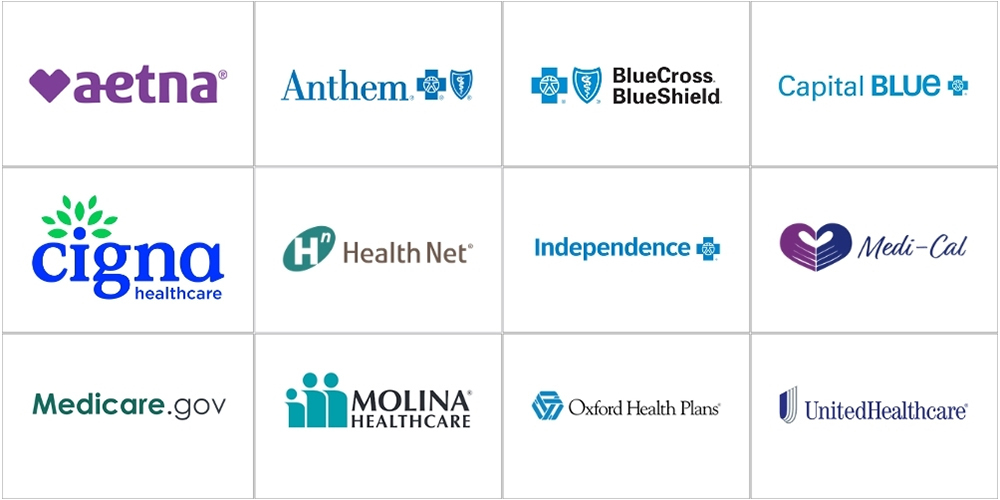
Fibroid pain relief is essential for women suffering from discomfort caused by uterine fibroids, especially as they become more common after age 30. And while many women never even know they have them, most go through at least some level of moderate to severe fibroid pain. When that happens, it’s good to know that fibroid pain relief is nearby in Brooklyn and Bronx at the Astra Fibroid Treatment Specialists. Dr. George Bolotin, an experienced Interventional Radiologist, is an authority on uterine fibroid pain treatment. Don’t suffer needlessly; call him today for a consultation.
 Fibroids are non-cancerous muscular growths in or on the uterus. They’re highly prevalent in women of reproductive age. Women of color, especially African Americans, are at an even greater risk of developing uterine fibroids. In some women, the uterine growths cause no symptoms, but sometimes, they come with severe symptoms, such as life-altering fibroid pain. Fibroids develop in different locations, causing symptoms that depend on where they appear. The main fibroid types include:
Fibroids are non-cancerous muscular growths in or on the uterus. They’re highly prevalent in women of reproductive age. Women of color, especially African Americans, are at an even greater risk of developing uterine fibroids. In some women, the uterine growths cause no symptoms, but sometimes, they come with severe symptoms, such as life-altering fibroid pain. Fibroids develop in different locations, causing symptoms that depend on where they appear. The main fibroid types include:
Whatever the type of uterine growth you have, an early diagnosis is critical to get fibroid pain relief. Dr. George Bolotin, an exceptional Interventional Radiologist, founded the Brooklyn and Bronx-based practice of Astra Fibroid Treatment Specialists. They offer accurate diagnoses and the treatments you need. Using the latest technology at the state-of-the-art facility, they provide individualized fibroids treatment with personalized care.

One of the most debilitating effects of uterine tumors is fibroid pain. Fibroids take up space in the uterus. As they grow, these tumors affect other parts of the uterus. Such changes result in pain that manifests in a number of ways, such as:
Fibroids can lead to pelvic pain, characterized by dull, chronic pelvic pressure and lower back pain. Abdominal swelling and bloating cause pain and frequent urination, due to pressure on your bladder. Fibroid pain relief affects your quality of life.

Unfortunately, doctors don’t have a definite answer for fibroids causes, but they point to some factors that are associated with fibroid growth, such as:
Any woman of reproductive age is at risk of fibroids and can experience fibroid pain as a symptom. Other risks factors that may play a role in the development of painful uterine fibroids include:
We work with over 200 insurance plans, including Aetna, Humana, Medicare, and Medicaid, to ensure seamless coverage for our patients. With over 97% of our vein treatments covered by insurance, we make the process hassle-free. Book a free consultation with our experienced vein specialists at Astra Vein Treatment Center. We’re excited to welcome you to our Brooklyn and Bronx clinics!

Uterine fibroid pain treatment starts with a review of the condition of your fibroids. Dr. Bolotin offers a range of fibroid treatments, but he creates a treatment plan based on your individual assessment. You have to undergo thorough diagnostic tests before he can recommend treatment, such as:
Advances in treatments, such as UFE, allow for a less invasive uterine fibroid pain treatment. Dr. Bolotin explains both the benefits and risks of UFE before recommending the procedure. He also has other cutting-edge technologies for the most successful results in fibroids treatment. Contact the Astra Fibroid Treatment Specialists today to enjoy a better quality of life, free of fibroid pain.
Vein & Vascular Medical Care
4209 Ave U, Suite A.
Brooklyn, NY 11234
(347) 934-9068
Vein & Vascular Medical Care
869 E Tremont Ave
Bronx, NY 10460
(929) 447-4563